Spectrum‐DMR50 series is a point‐to‐point digital microwave radio transmission system that covers most of connectivity needs of a transmission network using E1/T1 and Ethernet Payloads. It is reliable, easy to install and provides a cost effective access solution for the Network Operator. The Spectrum‐DMR50 is developed to meet the expectations of the modern telecommunication network characterized by broadband and mobility convergence.
Spectrum‐DMR50 is a standard split mount radio system consisting of an indoor unit and an outdoor unit operating at from 3.5GHz to 38GHz frequency bands. Exceptional performance combined with low operational cost make the Spectrum‐DMR50 an ideal radio for networks around the world.
Spectrum‐DMR50 is designed to satisfy the various digital transmission needs of public and private networks for multiple applications. The short and medium haul microwave system Spectrum‐DMR50 series offers technical solution from 3.5GHz to 38GHz, by ensuring high radio performance in each frequency band.
Typical Applications:
- 2G/3G mobile networks and micro cellular networks, Operator Access Transmission Network
- Backup transmission link for a fiber‐optic link in case of disconnection
- Private links between a backbone network and customers premises for voice and data (LAN, WAN) services
- Transmission link for utility networks (pipelines, electricity, railways .)
Product Features
- Built‐in Cross Connect Function in Ring or Repeater Application Wide Operating Temperature Range and wide Power Input Range
- Standard Output from +27dBm to Higher power output option up to +30 at 3.5GHzGHz
- Capacity independent ODU and frequency independent IDU
- Ethernet‐PDH payload throughput‐allocation Built‐in BER Monitor
- Supports 5 to 38GHz Microwave frequency bands · Auxiliary EOW voice and data channels
- Supports 1+0, 1+1, 2+0, EAST/WEST Applications (ADM CAPABILITY)
- An advanced SNMP Based Network Management System
- Hitless receive protection switching Extensive maintenance and operational capabilities
- 8CQPSK and QPSK modulation Technique Meets all relevant ITU and ETSI standards
Multilevel local and remote loop back
| Frequency | 3.5GHz | 5.8GHz | 7/8GHz | 11GHz | 13GHz | 15GHz | 18GHz | *23GHz | *26GHz | *38GHz | ||||||||
| RF Power STD (dBm) | 0~+27 | 0~+20 | -10~+27 | -10~+20 | -10~+20 | -10~+20 | -10~+19 | -10~+19 | -10~+19 | -10~+19 | ||||||||
| RF Power HP (dBm) | 0~+30 | 0~+27 | -10~+27 | -10~+23 | -10~+23 | -10~+23 | -10~+23 | -10~+23 | -10~+23 | -10~+23 | ||||||||
| Standard | ETSI, FC | |||||||||||||||||
| Accuracy | +/- 2dB | |||||||||||||||||
| Increments | 1dB | |||||||||||||||||
| 4E1 | -89 | -89 | -89 | -88 | -88 | -88 | -87.5 | -87 | -87 | -85.5 | ||||||||
| QCPSK | 8E1 | -86 | -86 | -86 | -85 | -85 | -85 | -84.5 | -84 | -84 | -82.5 | |||||||
| RX BER=10¯³ | 16E1 | -83 | -83 | -83 | -82 | -82 | -82 | -81.5 | -81 | -81 | -79.2 | |||||||
| (dBm) | 6E1 | -86 | -86 | -86 | -85 | -85 | -85 | -84.5 | -84 | -84 | -82.5 | |||||||
| 8CPSK | 12E1
24E1 |
-83
-80 |
-83
-80 |
-83
-80 |
-82
-79 |
-82
-79 |
-82
-79 |
-81.5
-78.5 |
-81
-78 |
-81
-78 |
-79.5
-76.2 |
|||||||
| 4E1 | -86 | -86 | -86 | -85 | -85 | -85 | -84.5 | -84 | -84 | -82.5 | ||||||||
| QCPSK | 8E1 | -83 | -83 | -83 | -82 | -82 | -82 | -81.5 | -81 | -81 | -79.5 | |||||||
| RX BER=10¯⁶ | 16E1 | -80 | -80 | -80 | -79 | -79 | -79 | -78.5 | -78 | -78 | -76.2 | |||||||
| (dBm) | 6E1 | -83 | -83 | -83 | -82 | -82 | -82 | -81.5 | -81 | -81 | -79.5 | |||||||
| 8CPSK | 12E1
24E1 |
-80
-77 |
-80
-77 |
-80
-77 |
-79
-76 |
-79
-76 |
-79
-76 |
-78.5
-75.5 |
-78
-75 |
-78
-75 |
-76.5
-73.2 |
|||||||
| RF BW (MHz) | 7/14/28 | |||||||||||||||||
| ODU Flange Type | N-type | N-type | UBR84 | UBR100 UBR140 | UBR140 | UBR220 | UBR220 | UBR220 | UBR320 | |||||||||
| Max Power Consumption IDU + ODU (1+0 and 1+1) | 25W 1+0 and 40W 1+1 SP | |||||||||||||||||
| 35W 1+0 and 45W 1+1 HP | ||||||||||||||||||
| Capacity | 8 Mbps | 12 Mbps | 16 Mbps | 25 Mbps | 34 Mbps | 50 Mbps |
| No. of E1 Port | 0 ~ 4 | 0 ~ 6 | 0 ~ 8 | 0 ~ 12 | 0 ~ 16 | 0 ~ 24 |
| No. of Ethernet Port | 2 | 2 | 2 | 2 | 2 | 2 |
|
Ethernet Throughput |
9.0 Mbps | 14 Mbps | 18.5 Mbps | 28.5 Mbps | 40 Mbps | 55 Mbps |
| Bit Rate Adjustment Between E1 & Ethernet with 2Mbps Step | ||||||
| Impedance | E1= 75Ω Unbalanced or 120Ω Balanced; Ethernet = 100Ω Balanced | |||||
| Line Code | E1= HDB3 T1(DS1)=AMI or B8ZS Ethernet = 10/100Base-T | |||||
| Network Managemen | SNMP, Spectview or Telnet | |||||
| Status Indicator | LED Power, Local, Remote-East, Remote-West, multiple Alarms & Status | |||||
| Alarms | 2 Software-selectable dry contacts | |||||
| IF: 50 Ohm coaxial, N-type female connector, 300m max | Frequency Stability: ± 0.0005% | |||||
| Input Voltage: 20 ~ 70VDC | Max Allowed RSL for Damage: 0 dBm | |||||
| RSL Accuracy: ± 5 dB (-30 ~ -90 dBm); 2dB (-35 ~ -80dBm) | Operational Temperature: IDU: -15ºC ~ 60ºC; ODU: -35ºC ~ +65ºC | |||||
| Elevation: 15,000 ft / 4572 meter | Humidity: IDU: 0 ~ 95%, no condensation; ODU: All weather | |||||
| Weight / Dimension: IDU: 44 x 436 x 274 mm / 3.55 kg (1+0) / 3.75 kg (1+1); ODU: 225 x 225 x 90 mm / 3.0 ~ 3.3 kg | ||||||
| System Configurations: Non-protected (1+0), Protected (1+1), Space Diversity (SD), Frequency Diversity (FD), 2+0 or East/West | ||||||
| Safety + EMC IDU and ODU | EN 60950-1 + A11, IEC 60950-22, EN 301 489-1/-4, EN 302 217-2-2 | |||||
|
* All specifications are typical values and subject to change without prior notice |
||||||


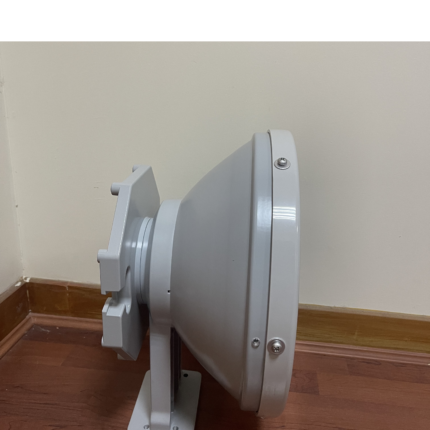



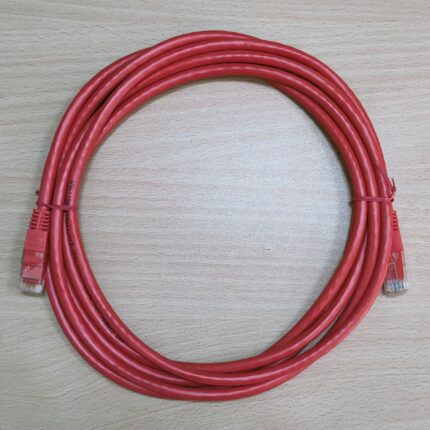
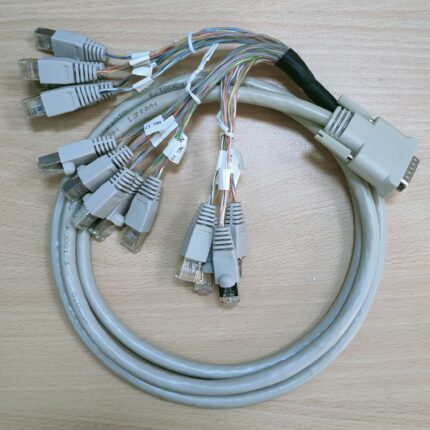
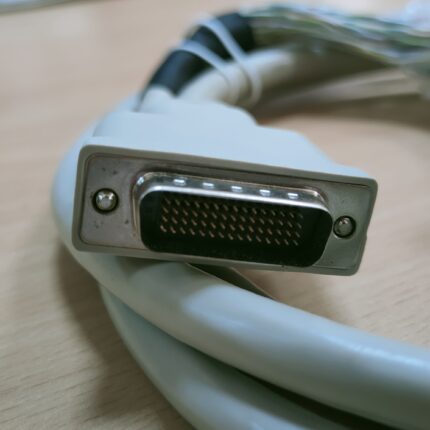


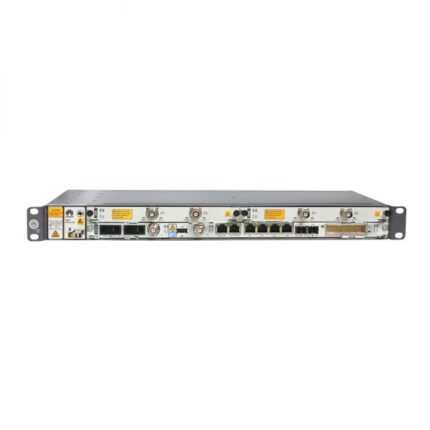
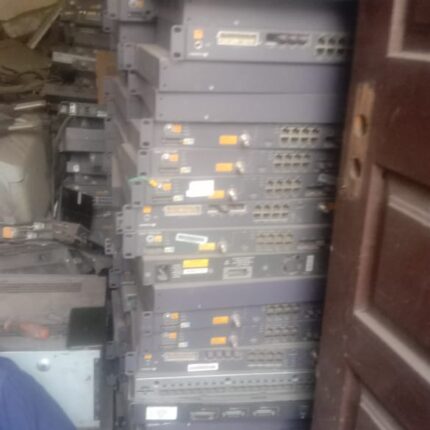
Reviews
There are no reviews yet.